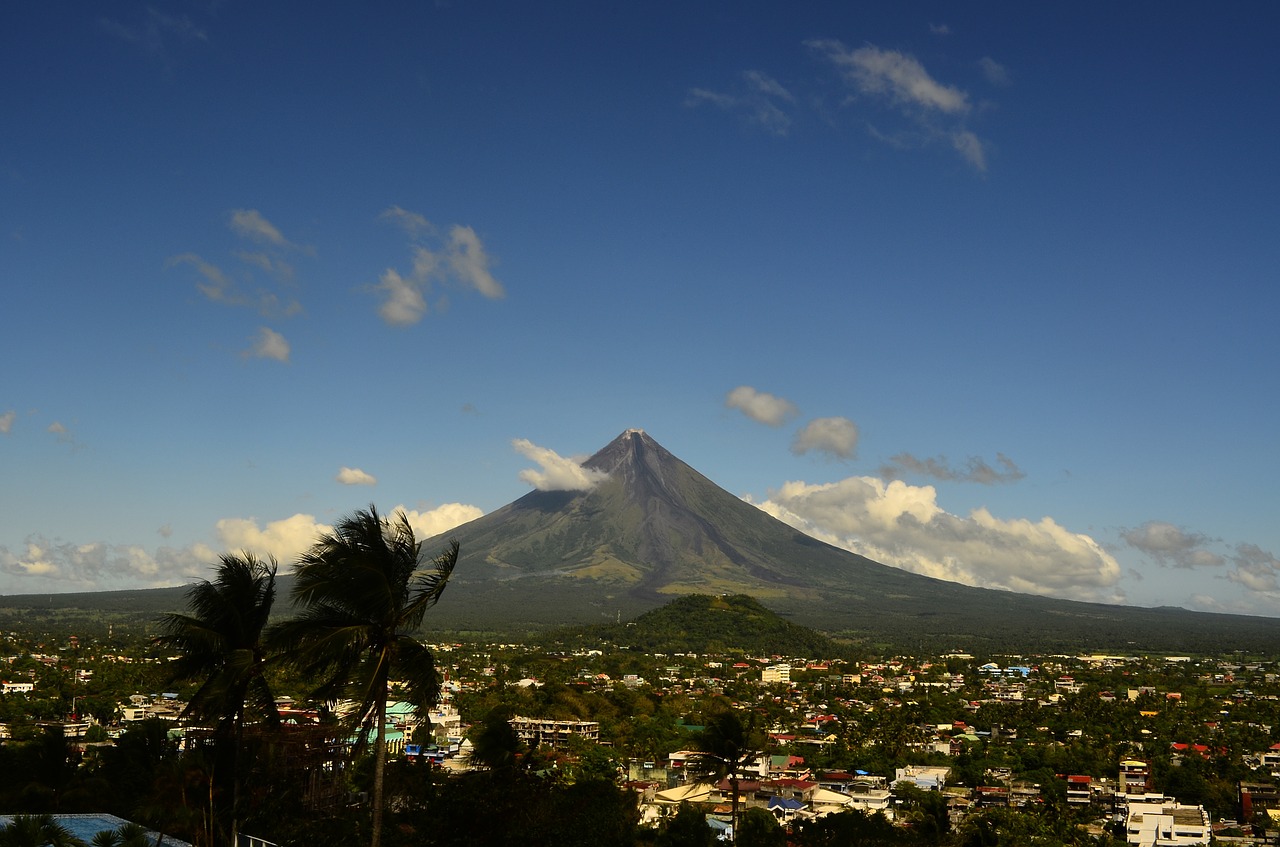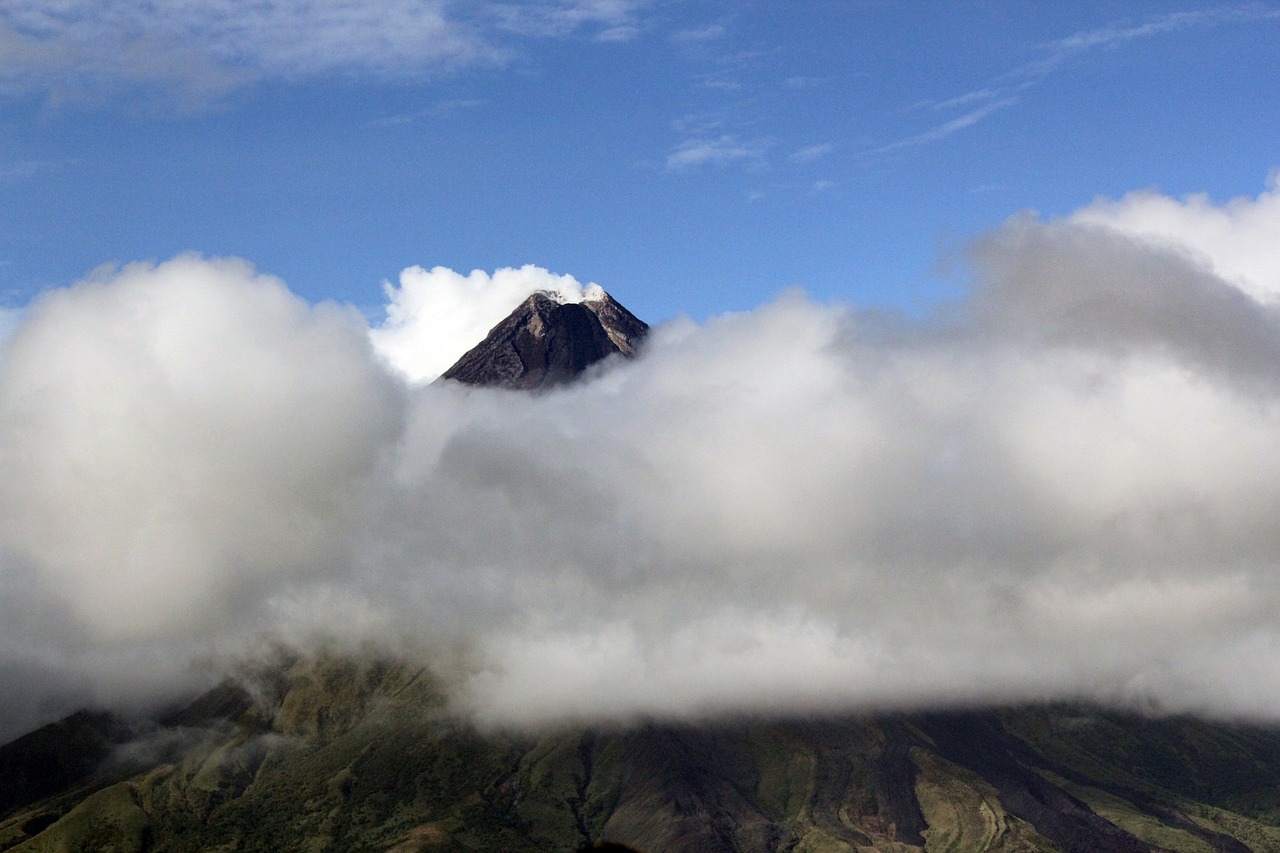A Guide to PHIVOLCS Volcano Alert Levels
Located within the Pacific Ring of Fire, the Philippines is a rich archipelago that has about 50 named volcanoes (and hundreds more of unnamed), with over 20 of those being active. While many fear the catastrophe that can be brought by volcanoes, these amazing landforms also contribute a number of good things—nutrient-rich soil, energy, and global cooling, to name a few—to a country and to the rest of the world.

Interestingly, about six of the country’s most active volcanoes stand just a short distance away from Manila, like Mayon Volcano in Albay province which is, as of this writing, already on PHIVOLCS Alert Level 3. What you need to know is that volcanic eruptions only happen in tens of thousands of years and, in the modern and technologically-advanced world that we live in now, eruptions can be predicted to an extent (i.e. not the exact date and time of the eruption) and major damages can be avoided.

The Philippine Institute of Volcanology and Seismology (PHIVOLCS) has set volcano alert levels that serve as a warning system and risk management scheme. Alert levels vary as volcanoes have different characteristics and behaviors. As of now, there are seven volcanoes with alert levels set by the PHIVOLCS, including Mayon Volcano.
Below are the Mayon Volcano Alert Levels along with descriptions and recommendations, as indicated on the official website of the PHIVOLCS.
0 – No Alert
Quiet. All monitored parameters within background levels.
No eruption in foreseeable future. Entry in the 6-km radius Permanent Danger Zone (PDZ) is not advised because phreatic explosions and ash puffs may occur without precursors.
1 – Abnormal
Low level unrest. Slight increase in seismicity. Slight increase in SO2 gas output above the background level. Very faint glow of the crater may occur but no conclusive evidence of magma ascent. Phreatic explosion or ash puffs may occur.
No eruption imminent. Activity may be hydrothermal, magmatic or tectonic in origin. No entry in the 6-km radius PDZ.
2 – Increasing Unrest
Moderate unrest. Low to moderate level of seismic activity. Increasing SO2 flux. Faint/intermittent crater glow. Swelling of edifice may be detected. Confirmed reports of decrease in flow of wells and springs during rainy season.
Unrest probably of magmatic origin; could eventually lead to eruption. 6-km radius Danger Zone may be extended to 7 km in the sector where the crater rim is low.
3 – Increased Tendency Towards Hazardous Eruption
Relatively high unrest. Volcanic quakes and tremor may become more frequent. Further increase in SO2 flux. Occurrence of rockfalls in summit area. Vigorous steaming/sustained crater glow. Persistent swelling of edifice.
Magma is close to the crater. If trend is one of increasing unrest, eruption is possible within weeks. Extension of Danger Zone in the sector where the crater rim is low will be considered.
4 – Hazardous Eruption Imminent
Intense unrest. Persistent tremor, many “low frequency”-type earthquakes. SO2 emission level may show sustained increase or abrupt decrease. Intense crater glow. Incandescent lava dome, lava fountain, lava flow in the summit area.
Hazardous eruption is possible within days. Extension of Danger Zone to 8 km or more in the sector where the crater rim is low will be recommended.
5 – Hazardous Eruption
Hazardous eruption ongoing. Occurrence of pyroclastic flows, tall eruption columns and extensive ashfall.
Pyroclastic flows may sweep down along gullies and channels, especially along those fronting the low part(s) of the crater rim. Additional danger areas may be identified as eruption progresses. Danger to aircraft, by way of ash cloud encounter, depending on height of eruption column and/or wind drift.
Also read: Thousands flee as lava flows down Mayon Volcano
Written by Rizelle “Rei” Leaño
Source: PHIVOLCS website













